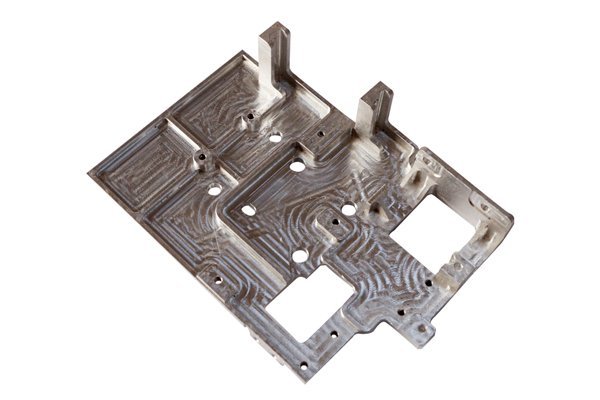Opening: A Solid Foundation for Precision Engineering
Did you know that nearly 70% of manufacturing companies believe that quality control is the key parameter that dictates their overall success? In the competitive world of manufacturing, especially within the realm of CNC (Computer Numerical Control) processing, quality control can indeed make or break a business. For CNC processing manufacturers, ensuring the long-term stability and reliability of their products is not just a standard practice; it is a non-negotiable prerequisite for survival and growth in the industry.
As customers increasingly demand high precision, durability, and consistency in manufactured products, companies are pushed towards optimizing their quality control processes. This blog will delve into how CNC processing manufacturers ensure the long-term stability of their products, highlighting the essential techniques, technologies, and best practices involved in this critical process.
—
Quality control in CNC processing involves a series of systematic processes aimed at changing, monitoring, and analyzing the operations to ensure that products meet specific quality standards. It is an intricate blend of technical know-how and sophisticated technologies that strives to eliminate defects and inconsistencies. Here’s a breakdown of how CNC processing manufacturers achieve this:
Choosing the right materials is integral to achieving stability in CNC products. High-quality raw materials can significantly minimize the chances of defects in the machining process. Manufacturers often follow these practices regarding materials selection:
Once the materials are vetted, the next step is precision machining itself. High-precision CNC machines equipped with advanced tooling can produce products with unrivaled accuracy. Key areas of focus include:
CNC manufacturers implement advanced monitoring systems to oversee the manufacturing process continuously. This can take various forms:

After machining, products must undergo stringent quality testing before they are delivered to clients. Some common techniques include:
Maintaining extensive documentation throughout the production process encourages a culture of accountability and transparency. Key practices include:
Effective quality control depends largely on the knowledge and skills of the workforce. Manufacturers can bolster their quality control systems through ongoing education and involvement of their employees:
—
In a rapidly evolving manufacturing landscape, CNC processing manufacturers must prioritize quality control to ensure the long-term stability of their products. By focusing on everything from selecting the right materials to implementing advanced monitoring systems, manufacturers can maintain high precision and reliability, critical for customer satisfaction and retention.
The combination of training, technological adoption, and process enhancements creates a robust quality ecosystem within CNC processing. As the industry continues to grow, it becomes paramount for manufacturers to constantly refine their quality control practices to stay competitive.
Ultimately, embracing the principles of effective quality control not only enhances product stability but also builds lasting trust with customers. As you consider the implications of these practices, remember: a commitment to quality is a commitment to excellence in the field of CNC processing.



